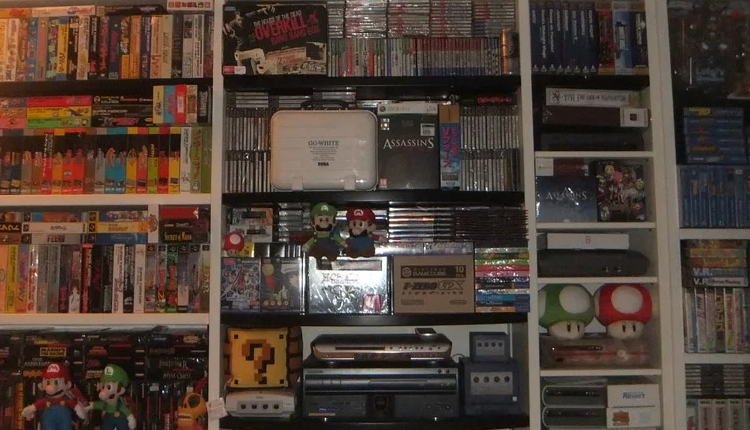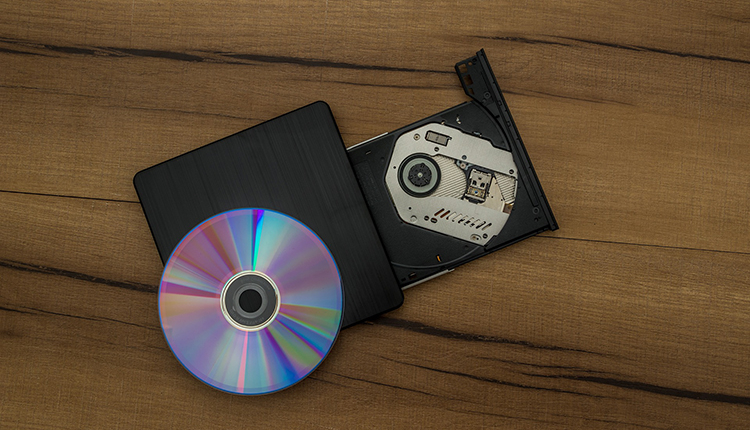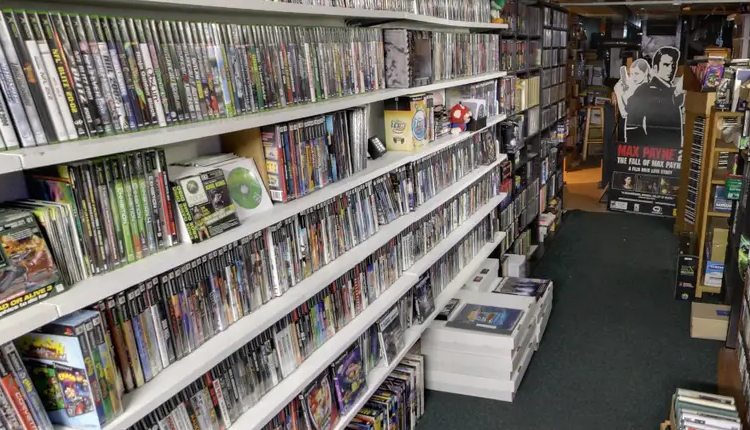
Pricing of Old Video Game Copies
The prices of old video games are shaped by various factors, including objective criteria such as rarity and condition, as well as subjective factors like nostalgia and collector demand. Below are the key factors influencing the pricing of old video games.
1. Rarity
Rarity is one of the main factors determining the value of an old video game. Games released in limited quantities or available only in specific regions tend to be more expensive. For example, certain titles for platforms like the Nintendo Entertainment System (NES) or Sega Genesis were produced in small batches, making them rare and, consequently, more valuable.
2. Condition
The condition of a game and its packaging significantly affects its price. Collectors often seek games in pristine condition, preferably factory-sealed, with minimal signs of wear. A game with an undamaged box, intact manuals, and no scratches on the cartridge or disc will be worth significantly more than one in poor condition.
3. Popularity and Iconic Status
A game's popularity at the time of its release and its cult status in later years can greatly increase its value. Titles that became icons of their genres or for entire generations of gamers—such as The Legend of Zelda, Super Mario Bros., or Final Fantasy—maintain high value despite their age.
4. Availability and Re-releases
If a game has been re-released on newer platforms or is available via digital distribution, the demand for original copies may decrease, leading to a drop in price. However, if the re-release comes with alterations or lacks certain features of the original, the value of the original version may remain high.
5. Regional Exclusivity
Regional exclusivity can also impact pricing. For example, games released only in Japan or Europe may be more expensive in other regions due to their limited availability. Japanese versions of popular games are often sought after by collectors for their unique content or packaging.
6. Nostalgia and Demand
Emotional attachment to childhood games often plays a crucial role in their valuation. Gamers who grew up playing certain titles are willing to pay significant amounts to relive those memories. Nostalgia and widespread demand among collectors can drive prices up for many popular games.
7. Unique Features and Glitches
Games with unique features or glitches that make them unusual or rare can attract collector interest. For example, manufacturing errors leading to incorrect labeling or packaging can significantly increase a game's value.
8. Role of the Collector Community
The video game collector community plays a significant role in pricing. Marketplaces, forums, and auctions where collectors trade and sell games set pricing standards. Additionally, high-profile sales on platforms like eBay serve as benchmarks for determining game values.
9. Historical Significance
Games that hold historical significance—such as being the first in a genre or setting industry trends—can be worth considerably more. Historically important games attract interest from both collectors and museums, further influencing their price.
10. Counterfeits and Their Market Impact
The market for old video games also includes counterfeits, which can negatively impact the value of original copies. However, experienced collectors know how to distinguish fakes from genuine items, and truly rare originals typically continue to appreciate in value.
Conclusion
The prices of old video games are shaped by a variety of factors, each of which can significantly influence their final value. Understanding these factors is crucial for both collectors and those looking to assess the worth of their old games. Considering rarity, condition, popularity, and other aspects, video game collecting is not just a hobby but also a serious investment.


